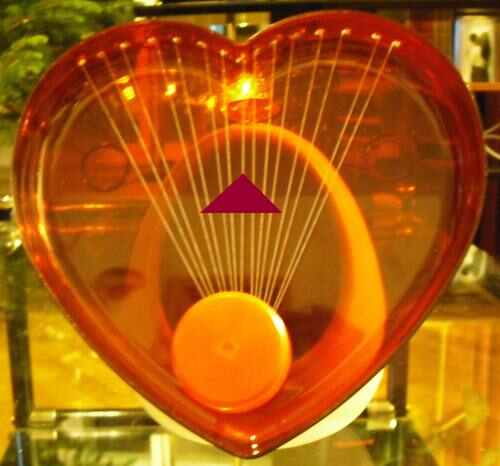I. MASS, MOVEMENT AND FORCE
Within the Global Physics, Global Mechanics analyzes a first group of physics principles related with the structure of matter; and the books of Physics and Global Dynamics and Law of Global Gravity analyze a second group associated to space and time.
This division of physics principles affected by new theory of everything is a bit contrived; it helps to assist the presentation on a topic that is both extensive and challenging, and it corresponds to topics typically handled by Quantum Mechanics, General Relativity, and Newton’s Laws of Dynamics or causes of motion.
Among most important aspects, we can highlight the following:
-
The non-relativity of time and space within scientific and objective scope of reality
-
The observers’ non-dependence of physical reality
If measurements were different regarding the observers, the following step would be to make a logical correction to obtain an objective measurement.
-
The speed of light will be constant only within its natural system of reference or particular intensity of gravitational energy, immersed in the three-dimensional Euclidean space of Greek metrics.
-
The speed of light is accumulative with speed of its natural system of reference, through which it moves. Light cannot exist without gravity or, better said, the tension of longitudinal curvature of the reticular structure of matter or Global Aether. In spite of the great speed of light, we must remember that the gravitational fields through which light moves change its base velocity.
The Global Aether (gravitational, kinetic) is different form gravity field, which is the LUM Aether (Luminiferous, universal, and mobile). Also, both have different properties of the classical aether.
-
Distinction between physical velocity and abstract or conventional velocity, such as velocity of two objects separating
Quantification of global mass and kinetic energy is only real within the natural system of reference.
-
Relationships of equivalence between Global Aether, the force of gravity, movement, energy, and mass. These relationships also imply equivalence between effects on the resonance of mass provoked by acceleration –or, better said, by velocity– and, in its case, tension of longitudinal curvature of the Global Aether, or gravitational energy.

All of this entails modifying Newton’s Laws of Dynamics and concepts of mass, movement, and force. The essential features are:
-
Nature of different forces regarding the concept or definition of force used, bearing in mind the different types of movement and energy defined.
The principle of equality between inertial and gravitational mass is no longer a principle due to the mechanisms of motion of the mass in the Global Aether, along with peculiarities of mass at rest and equivalent mass to kinetic energy.
These peculiarities explain the anomalous precession of Mercury’s orbit in Global Physics.
The total drag of light by gravity field explains the Michelson-Morley experiment as an alternative to Einstein’s Theory of Relativity.
* * *
